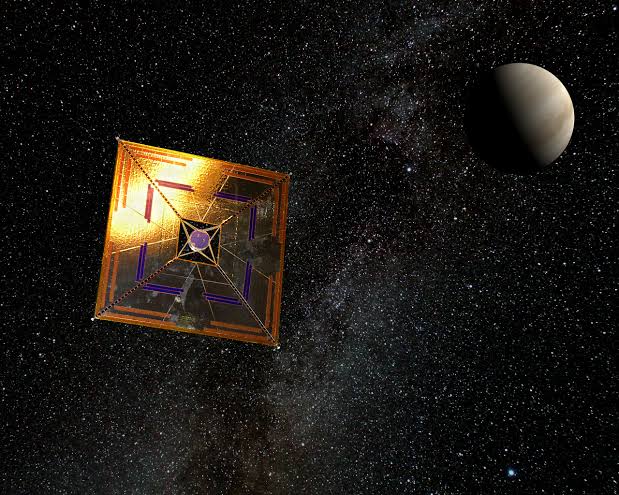Important Facts For Prelims
Important Facts For Prelims (22nd March 2019)
- 22 Mar 2019
- 5 min read
Super Worm Equinox Moon
- The last supermoon of the year has coincided with the Spring Equinox. The phenomenon is generally known as ‘Super Worm Equinox Moon’.
- The full moon of the March is the third supermoon of the year, following a super blood wolf moon on January 21st and a super snow moon on February 19th.
- The full moon is also known as the worm moon in some parts of the world. It is called so because, in cold climates, the ground begins to warm up at this point and earthworms appear.
- When the moon is at its closest point to the earth, it is called ‘perigee’ and when a full moon coincides with a perigee, it is called Supermoon.
- The Equinox is the moment when the length of day and night become equal and the sun’s rays fall directly on the earth’s equator. The phenomenon happens twice a year– once as autumn equinox in September and the other in March as spring equinox or vernal equinox.
LightSail2
- The LightSail 2 is a project to demonstrate controlled solar sailing using a miniature CubeSat satellite.
- It will be launched from the Kennedy Space Center, Florida, US in April 2019.
- LightSail 2 is the second of three satellites built to demonstrate the feasibility of powering a spacecraft using solar radiation.
- This mission is designed to see if LightSail can move into higher orbits around the Earth using only photons from the sun to push it along.
Solar Sailing
- Solar sails (also called light sails or photon sails) are a proposed method of spacecraft propulsion using radiation pressure exerted by sunlight on large mirrors.
Fall Armyworms
- ‘Fall armyworms’ are native to the Americas but they have been moving eastwards since 2016, sweeping across Africa, where they caused $1-3 billion in damage, before arriving in Asia.
- The flying insects arrived in India in July and have since spread to Sri Lanka, Bangladesh, Myanmar, Thailand and China's Yunnan province.
- Farming in several Asian countries is under threat from a type of crop-damaging insects that have munched their way from the Americas and across Africa
- They feed mostly on maize, for which China is the world's second-largest producer, and can feed on several species of crops, including rice and sugarcane.
- FAO meeting in Bangkok with officials from affected countries and experts for discussing ways to limit armyworm infestations amid a “growing sense of alarm”.
- FAO is working with local authorities and training farmers to manage the pests by crushing egg masses and using biopesticides.
- Chemical pesticides are an option but should be carefully considered due to environmental and health damages.
Food and Agriculture Organization (FAO)
- The Food and Agriculture Organization is an agency of the United Nations that leads international efforts to defeat hunger.
- FAO is also a source of knowledge and information and helps developing countries and countries in transition modernize and improve agriculture, forestry and fisheries practices, ensuring good nutrition and food security for all.
- Formation: 16 October 1945, in Quebec City, Canada
- Headquarters: Rome, Italy
- Every year, World Food Day (Theme for 2018- Zero Hunger) is celebrated on October 16 to commemorate the founding of the Food and Agriculture Organisation (FAO) of United Nations in the year 1945.
- The Sustainable Development Goal (SDG-2) also aims to “End hunger, achieve food security and improved nutrition and promote sustainable agriculture” by 2030.





